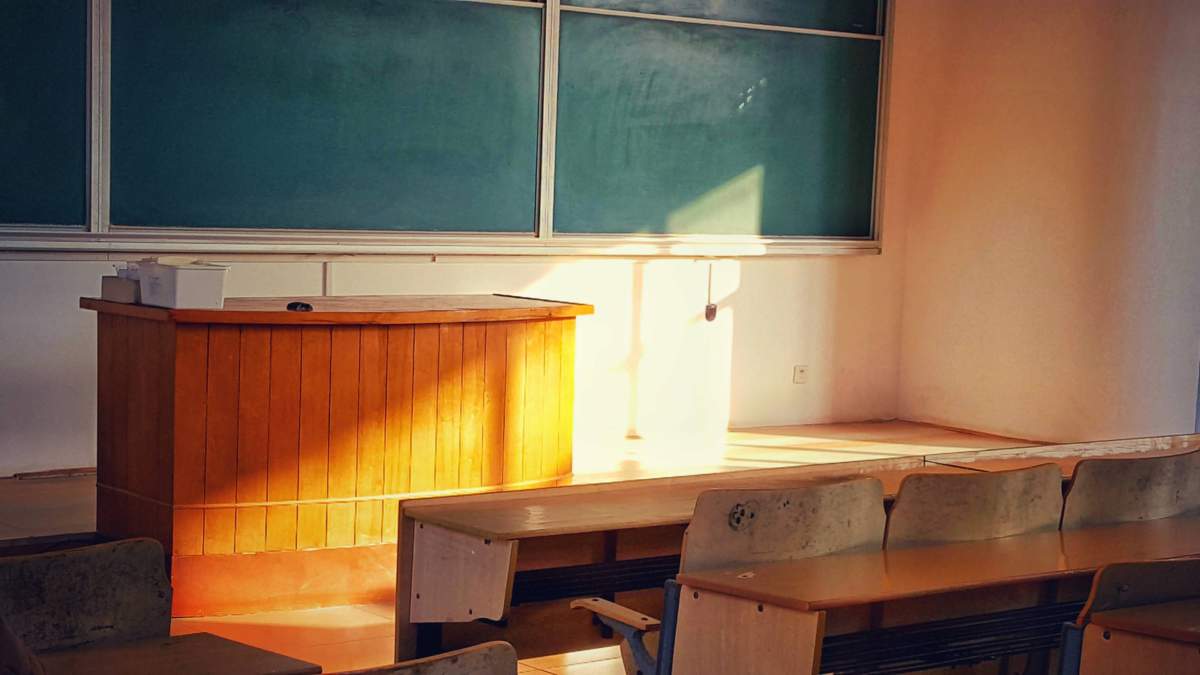Sudden temperature changes can harm students and teachers. That is why controlling the temperature level in the classroom is critical. You need to understand the benefits of maintaining and controlling temperature to create a better learning environment. Here are the advantages of ensuring an optimal temperature in the classroom:
1. Creates a healthy learning environment
Infectious diseases such as flu, chickenpox, meningitis, and other allergic reactions are common among school-going children most especially because learning institutions are often crowded. Also, these young people have a weak immune system which makes them prone to diseases. This is why when one student has the flu and happens to be sneezing, the rest of the class develops a cold. Such illnesses can disrupt learning because they also trigger allergic reactions in some people. Often, morbidity contributes to student absence from schools as those who are unwell stay home in an attempt to seek healthcare.
Therefore, having an optimal temperature in the classroom is ideal to reduce infection transmission. This is because some microorganisms do not survive in low temperatures. Having high-air quality conditioning minimises heat levels that favour microbial growth and clean out air pollutants in the classroom. However, you need to install a temperature controller to balance the heating and cooling so that these parameters are maintained at an optimal level. This device is also automated which saves you from errors that you might make when trying to control the temperature manually. Another healthy investment could be having an Aqua water filter in the classroom so the water that the students consume is clean and tasty.
2. Minimises distractions to boosts memory
Very hot or cold classrooms are complete distractions for students. Studies have shown that these extreme temperatures impact a student’s ability to function and learn. Whenever the temperatures are too hot or too cold, the brain tends to focus on the thermal problem at present and will keep reminding your body to do something about it. It is such a constant reminder that draws your student’s attention from class to their current predicament. A high humidity level in a classroom also translates to high temperatures which increases sleepiness.
For these reasons, it is ideal to maintain temperatures at an optimum level to reduce such interruptions. With minimal disruptions, students can retain the content that you are trying to teach them. A randomised control trial study conducted at Loyola University showed that students who were placed in a classroom of 72 degrees had improved memory and better scores compared to places at 80 and 64 degrees.
3. Boosts energy
The world we live in today is very competitive which requires children to learn so much. Knowing only the basics is not the standard anymore. For example, knowing how to send large files is just a starter in learning about tech tools. Education has also become advanced due to inventions in various sectors which calls for students to be at par with what is happening in the world. This is why schools ought to provide an ample learning environment for students to ensure that they grasp everything that they are taught.
But, what constitutes an ample environment? In this context, it is a temperature that ranges between 73 – 79 degrees Fahrenheit during summer and 68 – 75 degrees in winter. Within these ranges, the brain activity is enhanced which also translates to improved alertness accompanied by an energy boost. Improved energy results in enhanced mood levels which translate to increased participation in class. In the long run, students will experience a high productivity level in their academic work.
4. Promotes concentration
With the right temperature, it is easier for students to stay focused in class. For example, if you are studying for an exam, very hot temperatures can result in feelings of sluggishness and drowsiness that will lower a student’s concentration. It can also cause migraines which limits the students’ abilities to think clearly.
Cold temperatures on the other hand can result in slow blood flow which can cause students to experience lethargy. At the right temperature, students will focus better, make few errors, and improve their learning capabilities. In a nutshell, you should ensure a temperature range of 70-78 degrees for better learning outcomes among students. Think of a classroom as a coworking space where students should be provided with the most suitable conditions to display their best performance.
Conclusion
Learning can be stressful hence the need for an environment that favours it. When there is ample temperature in a classroom your students remain healthy because they will not develop any allergic reactions, there will be minimal distractions in class, their energy levels will be spiked, and their concentration will improve. All it takes is for you to have a functional heating and cooling system that is well regulated in your class. Give your students a chance to learn by maintaining a favourable class temperature!
